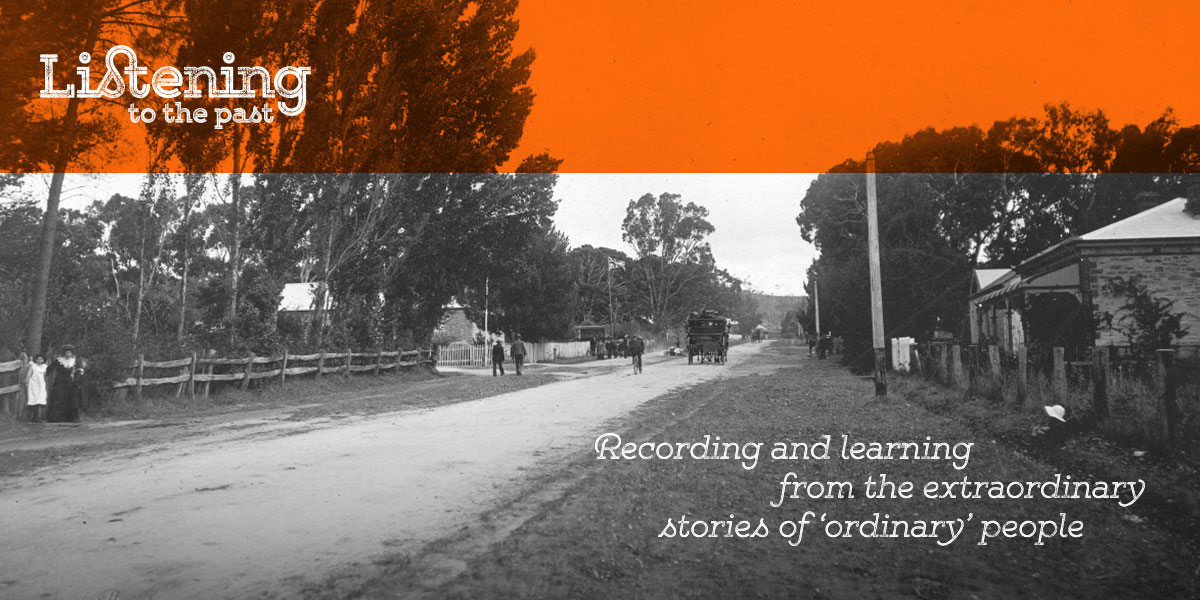Imagine living in Australia’s dry desert interior, and witnessing the landscape come alive after rain.
I recently interviewed people who had lived in Woomera, 446 km north of Adelaide in an arid region surrounded by salt lakes that are usually dry. On the rare occasions when it rains, these lakes come to life with ancient-looking creatures called shield shrimps or tadpole shrimps (Triops australiensis). In Woomera, they were called shi-shis. These small, strange-looking creatures make a big impression on those who see them. They’re not really living fossils; research has shown that their DNA and reproductive techniques are constantly evolving.

Australian shield shrimp, Triops australiensis. Photo by Tim Webb CC licence BY-NC-SA.
The majority of people I interviewed mentioned these creatures without prompting.
Terry Clark remembers yachting when Lake Koolymilka filled with water after heavy rains, and discovering the shield shrimps:
Peter Zajicek was a child in Woomera. He recalls going out to see the water-filled lakes with their shield shrimps:
Shield shrimps also left a strong impression on the then-teenaged Jo Adams:
These amazing creatures live in Australia’s arid interior. Their eggs are highly drought resistant and remain dormant until it rains. When the salt lakes and clay pans fill with rain, the eggs hatch and the young grow into adults within weeks, mate and lay eggs in the mud that await the next rains.
Shield shrimps are similar in appearance to fossils dating back 250 million years ago, when all the continents were joined together in a single supercontinent, Pangaea. This early evolution of the Triops ancestor on Pangaea explains why Triops species are now found on every continent (except Antarctica).

Close-up of an adult Triops, showing the third (naupliar) eye between the two compound eyes. Copyrighted free use, https://commons.wikimedia.org/w/index.php?curid=1806338
Triops belong to the branchiopod (meaning gill-feet) group of crustaceans. They have a long, segmented tail and around 60 legs to propel themselves through water. Each of their feet has a gill plate enabling them to breathe. Triops have a smooth, wide flat shield, or carapace, and a pair of small compound eyes just behind the front margin of the carapace. There is a third light-sensitive eye (hence the name Triops) located between the compound eyes; this is called a nauplier eye. Triops grow up to about 9 cm long.
References:
- Atlas of Living Australia: Triops australiensis
- Queensland Museum: Shield Shrimp
- WA Museum: Tadpole Shrimp
- Australia’s only shield shrimp
- 10 Trippy Facts About Triops
- Anatomy of Triops
- Multiple global radiations in tadpole shrimps challenge the concept of ‘living fossils’
Quotes from oral history interviews for the Life in Woomera Oral History Project, courtesy of the State Library of South Australia (OH 1123).

2 thoughts on “‘Living fossils’ in the desert”